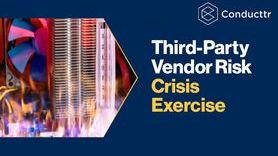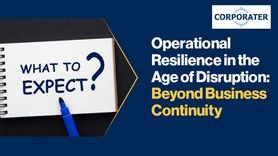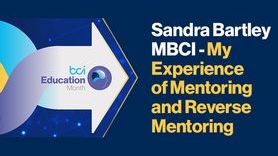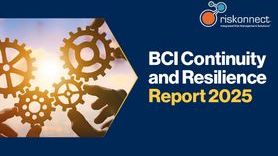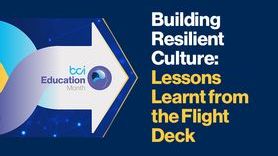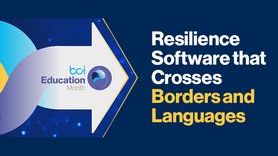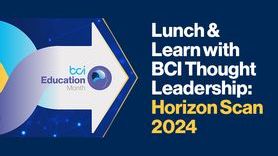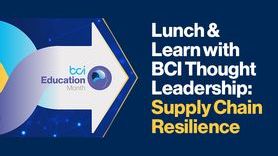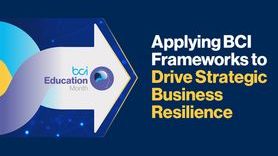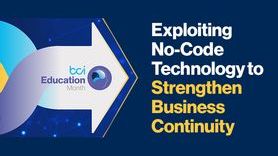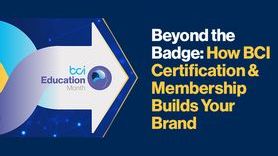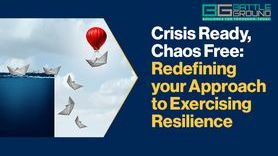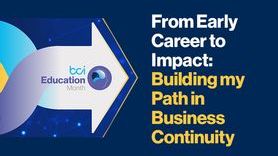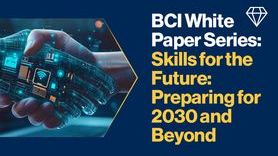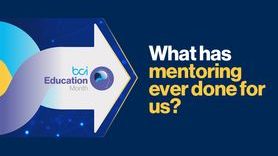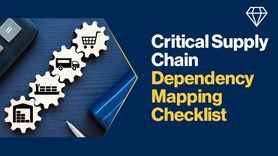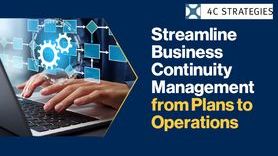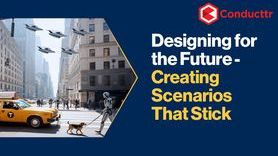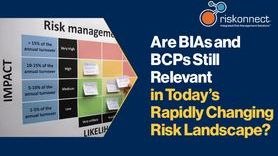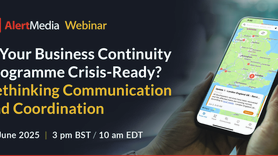People Before Platforms: What Business Continuity Professionals Can Learn From Compassionate Change Leadership

Foreword: In this article Mark Green, founder and CEO of Change Rebellion, challenges traditional approaches to organisational transformation.
If you analyse why the most successful change management initiatives have truly delivered, the answer is rarely: ‘Because we bought the most expensive technology on the market’.
Of course, change comes with a price tag; digital upgrades, AI integration, Cloud migrations, they all require investment. But the return on that investment doesn’t correlate with the amount of bandwidth, automation, or buzzwords attached. What actually determines the success or failure of a transformation is something far less flashy and far more fundamental: people.
Too many organisations are still mesmerised by the shimmer of new platforms and tools, while overlooking the human beings who need to use them. That’s where transformation efforts falter.
The People-First Imperative
Every shift in an organisation, no matter how digitally driven, is still at its core a human experience. Whether it’s a new AI-powered system, a change in customer platforms, or a complete rethinking of how a business operates, it affects how people work, what they do, and sometimes whether they still have a place within the new model. Ignoring that human impact is not just short-sighted, it’s costly.
We’ve seen time and again that clear communication and meaningful engagement with employees has a direct impact on productivity, morale, and performance. Research from Gallup[1] shows that businesses with high employee engagement experience 21% higher productivity and 22% higher profitability. So, if we know this to be true, why is it still so common for organisations to focus more on digital investment than people investment?
Reassurance in a Time of Uncertainty
Change brings uncertainty and technology, no matter how advanced, cannot alleviate the very human fear of the unknown.
When organisations announce transformation initiatives, employees are immediately wondering: What does this mean for me? Will my job change? Will it still exist? Will I be replaced by a tool that promises to do my work ‘more efficiently’?
Leaders often can’t answer every question at the beginning of a change process and that’s okay. What matters is that they try. That they show up, stay present, and lead with transparency and empathy. Because when people feel seen and heard, they are more likely to stay engaged, even if they’re unsure.
If instead the organisation hides behind dashboards, timelines, and tech demos, it creates distance and that distance quickly becomes disengagement.
Engagement Over Assumptions
It’s tempting, in times of change, to retreat into the safety of strategic plans and software deployment schedules. It’s far less messy than dealing with emotion, resistance, or fear. But the truth is, people don’t resist change, they resist feeling changed without context, input, or control.
The most effective leaders know that change can’t be pushed from the top, it has to be co-created with the people who live it daily. It requires consistent, two-way dialogue. Not just announcements, but conversations. Not just training but listening.
You don’t need an AI assistant to tell you that the best insights about how to improve your business often come from the people on the ground: the ones solving customer problems, working through legacy systems, and facing friction points every day.
When Technology Outpaces Trust
There’s a real risk that in our pursuit of digital excellence, we forget to bring our people with us. We assume that tools will compensate for disengagement. That automation will smooth over a lack of alignment. But the most advanced platform in the world is still just an expensive paperweight if your team doesn’t understand it, use it well, or believe in its purpose.
Worse, when people feel blindsided or overlooked during a tech-driven transformation, trust erodes. A recent Capterra[2] study found that over a third of employees trusted their employer less after a poorly communicated change, and 54% of staff experiencing ‘change fatigue’ were considering leaving their roles.
People Power = ROI
Ultimately, the goal of any transformation is to improve outcomes, whether through efficiency, service delivery, or profitability. But those outcomes don’t come from the tools themselves; they come from people using those tools well.
If you’ve invested in state-of-the-art technology but neglected to prepare, engage, or involve your people, you haven’t created transformation — you’ve just created tension.
A compassionate approach doesn’t just feel better, it works better. It reduces friction, sustains performance, and makes the transition something your people feel part of, rather than something that’s happening to them.
The Bottom Line
If we approach transformation with the mindset that shiny technology will do the heavy lifting, we miss the real opportunity. The tools are enablers, but the change is human.
So, before you roll out your next big system, think about Anne in Finance and Jeff in IT. Ask them what they need. Ask them what gets in their way. Involve them early, and often. Because when you treat people as your most valuable asset, as partners in change, then you don’t just implement systems: you build momentum.
And in the long run, that’s what turns a tech investment into real transformation.
[1] Employee Engagement vs. Employee Satisfaction and Organizational Culture
[2] Change Fatigue is Making Employee Burnout Worse | Capterra
About the author





